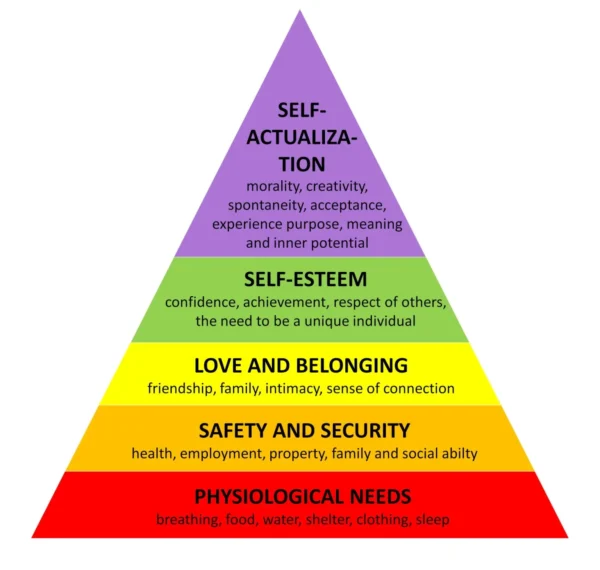
Engaged employees are sticky, productive, and motivated. Everyone wants these rock stars on their team. Hundreds of posts, blogs, and articles suggest ways to harness this superpower. But creating engageable employees isn’t as hard as you might think. Becoming more intentional in the People Component™ of your business makes creating engageable employees simpler.
The Foundation for Engagement
Over and over, I’ve heard business owners claim that creating engaged employees applies to executives and managers alone.
Want to know a dirty little secret underlying this subject that no one talks about and few companies address? They limit themselves because they don’t know how to reach employees elsewhere in their organizations, especially frontline workers.
In January 2022, CNBC published an article saying that 56% of Americans couldn’t handle a $1,000 emergency. On average, that means 56% of your employees don’t have enough margin in their lives to cover an unexpected expense. Replacing a car tire or covering a child’s medical emergency expenses are out of the question.
As a business owner or manager, do you write off more than half of your investment in your people? Before you can create engageable employees, you must first address their basic survival needs.
Maslow’s hierarchy of needs illustrates what humans need to progress from an internal focus on survival to a more external focus on ideas and concepts.

According to Maslow, humans must secure physiological needs like air, water, food, sleep, and shelter before anything else. Only when reliably meeting these needs can a person consider safety needs like personal security, employment, property, and health.
Similarly, humans can only start thinking about love and belonging once they reliably meet their safety needs. The sense of connection and community – whether among family, friends, or coworkers – can only happen after meeting their most foundational hierarchical needs.
Engagement requires employees to operate from the third level or higher on Maslow’s hierarchy. Only then can they think about and embrace a company’s mission, vision, and purpose. Now your people can become truly “engageable.”
Getting to Level 3
What can employers do with this information? You cannot write checks to everyone; you’d go broke. But you can think about how to create margin in your employees’ lives.
Look within your organization and draw on the experience and resources of your people. How can you provide access to resources and information that help them “level” up?
- Consider some of these ideas to get started:
- Host a series of budgeting workshops
- Organize nutrition info sessions or cooking classes
- Bring in self-defense instructors
- Find a mortgage broker to teach employees the steps to buy a home
- Offer mental health resources to employees in crisis
These are just a few examples. Start with one and go from there. Investing in your people sends a clear message that you care about them. By helping them move through the first two levels of Maslow’s hierarchy, you help them create more space in their lives. That space enables them to embrace your company’s mission, vision, and purpose. Ultimately this builds trust, creates more engaged employees, and leads to a healthy team culture.







